The community fingerprinting analysis starts from an environmental sample, such as soil, sludge or water, from which total DNA is extracted. The target gene or region is then amplified using PCR and the resulting amplicons are separated according to melting behavior (DGGE, TGGE), amplicon length (RISA, ARISA) or fragment length after digestion with a restriction enzyme (T-RFLP). The output is either a two-dimensional gel image (DGGE, TGGE, RISA) or an electropherogram generated by an automated sequencer (T-RFLP, ARISA).
Bacterial community fingerprinting in CLIQS 1D Pro
2D gel images as well as electropherograms are conveniently handled using the gel processing tools in CLIQS 1D Pro, consisting of background subtraction, noise filtering, curve smoothing, normalization and band detection. The normalization procedure is thereby based on external or internal reference patterns. RF or MW based normalization makes it possible to not only compare lanes that are situated on the same gel, but also to accurately compare lanes on different gels with each other and to build up a database of profiles over extended periods of time.
Once the fingerprint data are processed, a cluster analysis can be performed to compare profiles with each other. However, since each peak in a community fingerprinting profile represents a phylotype, the typical analysis performed on such data is a band matching analysis.

